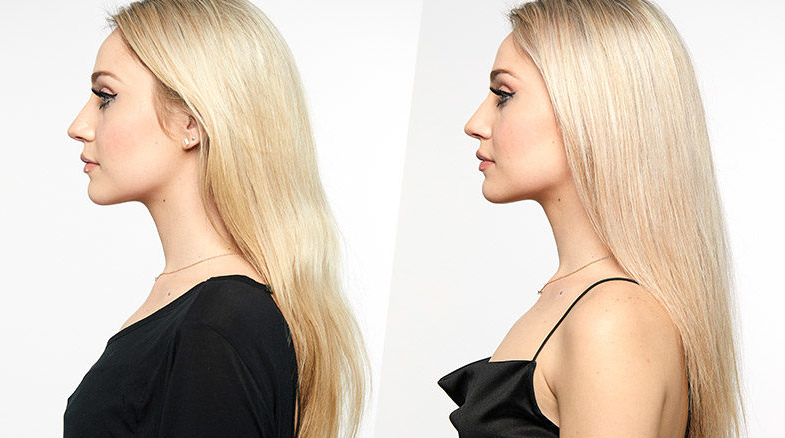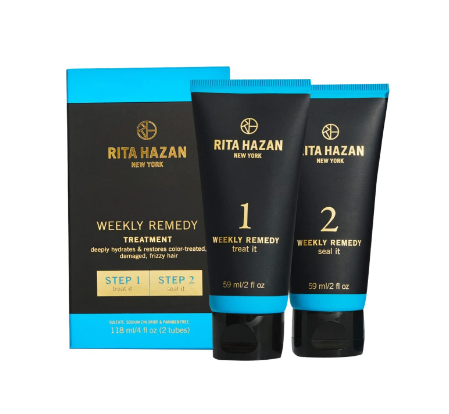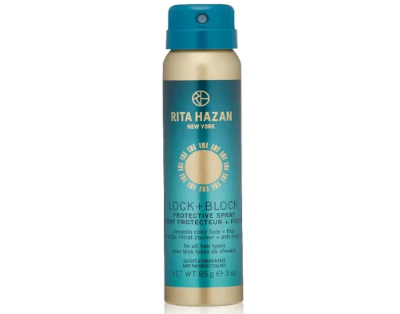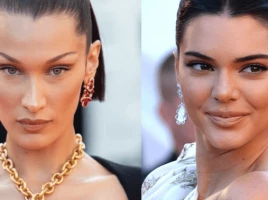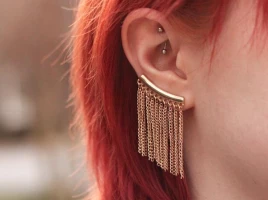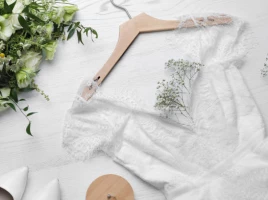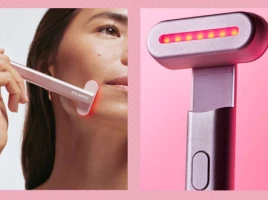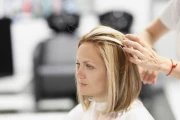How about having a thought that you strut out of the salon, your hair adorned with fresh ombre highlights or a dazzling new color. Confidence radiates, and you're ready to showcase your revamped style. Fast forward a few weeks, and that bold color starts losing its luster, taking on an unfortunate washed-out or, dare I say, orange-tinted hue. Yes, you've got brassy hair. Here's everything you need to know about how to fix brassy hair without paying a visit to the salon or having too time-consuming a hair care routine every now and then for that.
What Is Brassy Hair And Its Causes?
Brassy hair occurs when warm tones take over, thanks to factors like sunlight exposure, the use of the wrong shampoo that neglects colored hair protection, or even a misstep by your colorist (like skipping the toner). Sunlight, in particular, can be a real troublemaker, drying out your hair by prying open the cuticle and causing your color to lift, resulting in that less-than-desirable brassiness. So, consider this your cue to embrace some shade (literally—avoid excessive sunlight).
Now, the brassy effect varies depending on your base hair color. Blondes might find themselves rocking shades of yellow or orange, brunettes and those with black hair may notice hints of orange or red, and redheads might experience a more washed-out appearance. In the hunt for lighter locks, your colorist uses the dynamic duo of hydrogen peroxide or ammonia, setting in a chemical known as oxidation. As these chemicals work their magic to lift your natural hair color, a toner or dye steps in to achieve the chosen hue, bringing your vision to life. Alas, the plot thickens as the toner gradually fades, allowing your natural undertones to steal the spotlight. And there you have it—the unfortunate result is the "brassy hair" look.
How To Fix Brassy Hair At Home
While consulting with a trusted local colorist is the ultimate wisdom for personalized advice, these tips will empower you to tackle brassiness from the comfort of your own home.
Hair Wash With Cool Water
The temperature of the water you use to wash your hair can surprisingly impact the longevity of your hair color and fight against brassiness. Washing your hair with hot water can open the outer cuticle and accelerate color fading. To preserve your hair color, it's best to rinse with lukewarm to cool water after shampooing and conditioning, as it helps close the cuticle.
Use Purple/Blue Formula Infused Shampoo
Combatting brassiness can be achieved with purple and blue shampoos, which neutralize unwanted tones. Purple shampoo is effective for blonde or gray hair, counteracting yellow brassiness, while blue shampoo is ideal for dark hair, neutralizing orange and red tones. Use these shampoos once a week to avoid compromising your desired hair color.
Weekly Deep Conditioner
Hazan's weekly remedy is a fantastic treatment that I highly recommend using once or twice a week, especially if you're a blonde. It's one of my top picks. I customized the conditioner to achieve the results I wanted. In the initial step, it boasts incredible ingredients and a high pH balance, effectively opening the cuticle. The second step, with a lower pH balance, locks in all those beneficial ingredients. I was genuinely amazed by the transformation in my hair after just one use of her product—particularly considering the damage I had accumulated. Another gem is Hazan's Triple Threat Split End Remedy, which essentially seals up split ends, promoting the health of your long locks. A dynamic duo? Absolutely.
Use Sun Protection Spray
UV rays from the sun contribute to brassiness, causing color fade and lightening hair. Use protective hair sprays during the summer to block UV rays and prevent premature color fading. Additionally, consider a shower filter or water softener filtration system to eliminate chlorine and chloramine, common causes of brassiness.
Get A Shower Filter
Chlorine in water from treatment plants can cause hair color fade, causing brassiness and other issues. So it is best to focus on your showerhead and give it a shower filters or water softener filtration systems that can help with removing chlorine and chloramine.
Conclusion
So, how about taking daily care and taking smaller steps to achieve big results? That’s what you get when you take care of your hair regularly and not only when the hair problem is visible or not too obvious to ignore. Take baby steps by opting for a specific shampoo and conditioner, protect your hair from too much sun exposure, and use cold water while washing your hair to avoid brassy hair.

